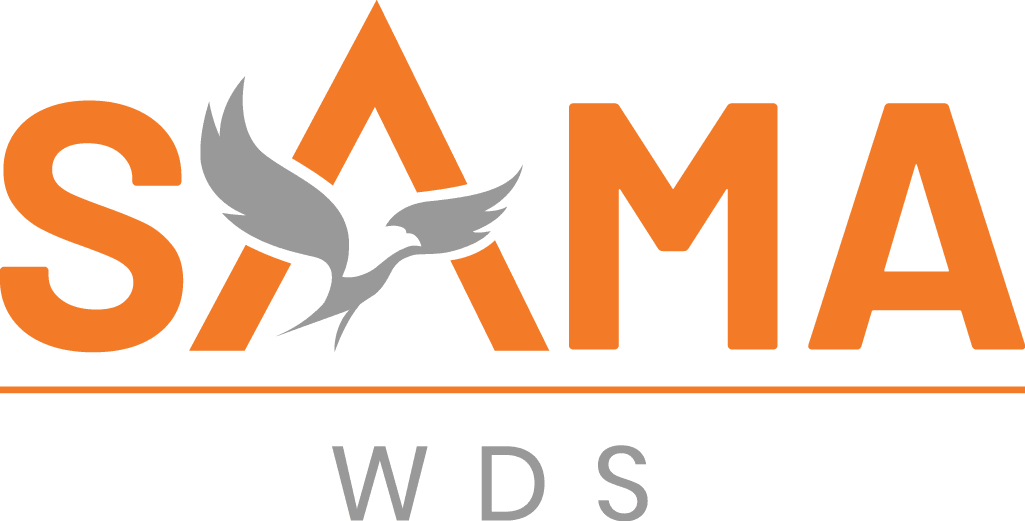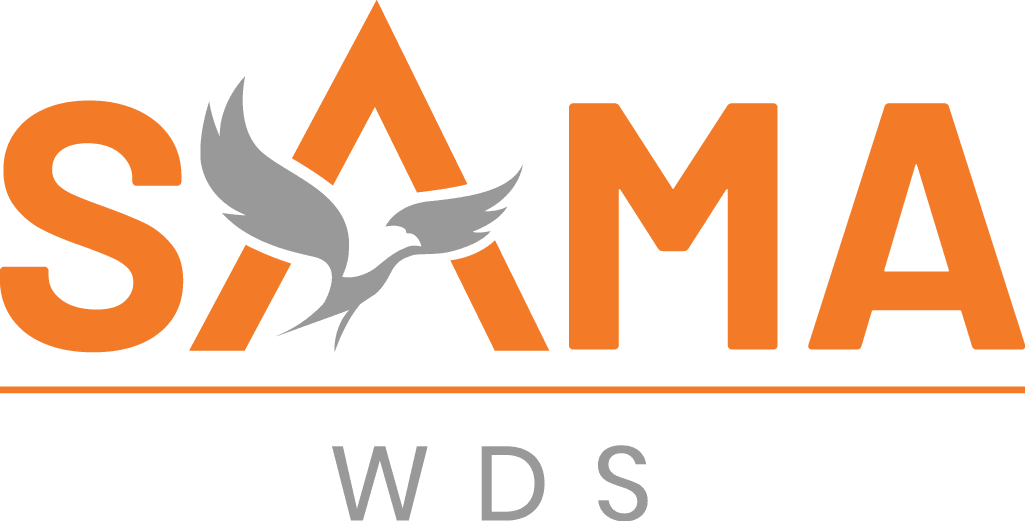
Enhancing Workday HCM Integrations: Best Practices for EIB and Studio Development
In today’s fast-paced business environment, seamless integration of Human Capital Management (HCM) systems is critical for organizational success. According to a 2023 Gartner report, 68% of HR leaders cite integration challenges as a primary barrier to maximizing the value of their Workday HCM deployments. Disconnected systems lead to data silos, manual errors, and inefficiencies that hinder strategic decision-making. For enterprises leveraging Workday HCM, mastering integration tools like Enterprise Interface Builder (EIB) and Workday Studio is essential to streamline HR processes, ensure data accuracy, and drive operational agility.
This article provides a comprehensive guide to best practices for developing and optimizing Workday HCM integrations using EIB and Studio. Whether you’re an HR technology leader, IT integration specialist, or Workday administrator, these actionable insights will help you build scalable, reliable integrations. By following these strategies, you can transform your Workday ecosystem into a unified, data-driven powerhouse. For expert support in overcoming integration challenges, explore Sama’s Workday Integration Services.
Ready to streamline your Workday HCM integrations?
Sama can help you implement best practices for EIB and Studio development to enhance your Workday HCM integrations.

Section 1: Understanding Workday HCM Integrations
Workday HCM integrations connect HR systems with payroll, finance, benefits, and third-party platforms, enabling seamless data flow across the enterprise. These integrations eliminate manual data entry, improve compliance, and provide real-time insights for better decision-making. Workday offers two primary tools for building integrations: Enterprise Interface Builder (EIB) and Workday Studio. Each serves distinct purposes, and understanding their roles is key to selecting the right approach.
Role of EIB
EIB is Workday’s template-based integration tool designed for straightforward, high-volume data transfers. It’s ideal for tasks like bulk data uploads (e.g., employee records) or scheduled exports (e.g., payroll data to ADP). EIBs are user-friendly, requiring minimal coding, and leverage pre-built templates for consistency.
Role of Workday Studio
Workday Studio is a robust development environment for complex, custom integrations. It supports real-time data exchange, intricate workflows, and connections to multiple systems. Studio is best suited for scenarios requiring advanced logic, such as syncing Workday HCM with a benefits provider or integrating with external APIs.
Common Challenges
Organizations often face integration hurdles, including:
- Data Inconsistencies: Mismatched formats or incomplete data between systems.
- Performance Bottlenecks: Slow processing for large data volumes.
- Error Handling: Lack of robust mechanisms to catch and resolve failures.
Why It Matters
Effective integrations reduce manual effort, enhance compliance with regulations like GDPR, and enable advanced analytics. For example, syncing Workday HCM with a financial system ensures accurate payroll reporting, while integrating with a CRM like Salesforce boosts HR-sales alignment. To navigate these complexities, Sama’s Workday Consulting Services offer expert guidance tailored to your needs.
Reference: Workday Community forums highlight that 75% of successful implementations rely on well-planned integrations (Workday Community, 2024).
Section 2: Best Practices for Workday EIB Development
EIBs are the go-to tool for routine, template-driven integrations. Their simplicity makes them accessible to Workday administrators, but strategic planning is essential to maximize efficiency. Below are best practices for designing, configuring, and maintaining EIB integrations.
Subsection 2.1: Planning and Designing EIB Integrations
- Define Clear Objectives: Specify the integration’s purpose, such as syncing employee data with a payroll system. Determine data sync frequency (e.g., daily, weekly) and error tolerance levels.
- Map Data Flows: Create a visual diagram of data movement between Workday and external systems. Identify key fields (e.g., employee ID, salary) and their mappings.
- Use EIB Templates: Leverage Workday’s pre-built templates for common scenarios like payroll exports to ensure consistency and reduce setup time.
Subsection 2.2: Configuring EIBs for Efficiency
- Leverage Pre-Built Connectors: Use Workday’s Core Connectors for systems like ADP or SAP SuccessFactors to simplify setup.
- Optimize File Formats: Choose CSV for simple data transfers or XML for structured data to ensure compatibility with external systems.
- Implement Validation Rules: Add pre-processing checks to verify data integrity (e.g., ensuring employee IDs are unique) before execution.
Example Configuration:
To export employee data to a payroll system:
- Create an EIB in Workday under Create Integration > Outbound EIB.
- Select the Employee business object and fields (e.g., Name, ID, Salary).
- Choose CSV output and configure a daily schedule.
- Add validation to check for missing fields.
Subsection 2.3: Scheduling and Automation
- Automate Recurring Tasks: Use Workday’s scheduling feature to run EIBs at set intervals (e.g., daily employee data exports).
- Event-Based Triggers: Integrate EIBs with Workday’s Business Process Framework to trigger exports based on events, such as a new hire.
- Batch Processing: Group data into manageable batches to avoid performance issues with large datasets.
Subsection 2.4: Error Handling and Monitoring
- Configure Alerts: Set up Workday notifications to alert administrators of failed EIB runs via email or in-app messages.
- Maintain Audit Logs: Enable logging to track integration history and troubleshoot issues.
- Regular Health Checks: Review EIB performance weekly to identify bottlenecks or recurring errors.
Example: For a payroll export EIB, configure an alert to notify the HR team if the integration fails due to invalid data formats. Use Workday’s Integration Event Monitor to review logs and resolve issues.
Struggling with EIB configuration? Sama’s Workday Integration Services provide expert support to streamline your setup and ensure flawless execution.
Reference: Workday’s official EIB documentation emphasizes validation rules as a critical step for data quality (Workday Docs, 2025).
Ready to streamline your Workday HCM integrations?
Sama can help you implement best practices for EIB and Studio development to enhance your Workday HCM integrations.

Section 3: Best Practices for Workday Studio Development
Workday Studio is the tool of choice for complex integrations requiring real-time data exchange or custom logic. Its visual development environment and robust capabilities make it ideal for advanced use cases. Below are best practices for building and optimizing Studio integrations.
Subsection 3.1: When to Use Workday Studio
Studio is suited for:
- Real-Time Integrations: Syncing Workday HCM with external systems like benefits providers in real time.
- Complex Workflows: Automating multi-step processes, such as syncing employee data across multiple platforms.
- Custom Transformations: Applying advanced logic (e.g., XSLT) to map data between systems with different schemas.
Comparison Table:
| Feature | EIB | Studio |
| Complexity | Simple, template-based | Complex, custom logic |
| Real-Time Support | Limited | Full |
| Coding Required | Minimal | Advanced |
| Use Case | Bulk data transfers | Real-time, multi-system |
Subsection 3.2: Building Robust Studio Integrations
- Use Visual Editor: Design workflows using Studio’s drag-and-drop interface to create reusable components (e.g., data connectors, transformers).
- Implement XSLT Transformations: Use XSLT to map complex data structures, such as converting Workday’s XML-based Business Object Documents (BODs) to a third-party format.
- Leverage APIs: Connect to external systems via Workday’s REST or SOAP APIs for secure, real-time data exchange.
Code Snippet (XSLT Example):
<xsl:stylesheet version=”1.0″ xmlns:xsl=”http://www.w3.org/1999/XSL/Transform”>
<xsl:template match=”/”>
<Employee>
<ID><xsl:value-of select=”wd:Worker/wd:ID”/></ID>
<Name><xsl:value-of select=”wd:Worker/wd:Name”/></Name>
</Employee>
</xsl:template>
</xsl:stylesheet>
This transforms Workday’s employee data into a simplified format for a benefits provider.
Subsection 3.3: Testing and Validation
- Unit Testing: Use Studio’s sandbox environment to test individual components (e.g., data connectors) before full deployment.
- Simulate Edge Cases: Test high data volumes or network failures to ensure reliability.
- Validate Against Requirements: Confirm that the integration meets business needs using real-world data scenarios.
Subsection 3.4: Performance Optimization
- Optimize Message Queues: Adjust queue sizes to handle large data volumes without overloading the system.
- Batch Processing: Split data into smaller batches to reduce latency.
- Monitor Performance: Use Workday’s Integration Event Monitor to track execution times and identify bottlenecks.
Example: To sync Workday HCM with a benefits provider:
- Create a Studio integration to pull employee data using Workday’s Get_Workers API.
- Apply an XSLT transformation to map data to the provider’s schema.
- Configure a REST connector to push data to the provider’s endpoint.
- Test the integration with a sample dataset and monitor performance.
For complex Studio integrations, partner with experts like those at Sama’s Workday Consulting Services to ensure scalability and reliability.
Reference: Workday Studio’s documentation highlights XSLT as a key tool for complex data transformations (Workday Docs, 2025).
Ready to streamline your Workday HCM integrations?
Sama can help you implement best practices for EIB and Studio development to enhance your Workday HCM integrations.

Section 4: Integration Strategy and Governance
A well-defined strategy and governance framework ensure that Workday HCM integrations align with business goals and remain secure and scalable. This section outlines key steps for building a robust integration roadmap.
Subsection 4.1: Developing an Integration Roadmap
- Align with Business Goals: Prioritize integrations that support strategic objectives, such as improving payroll accuracy or enhancing employee self-service.
- Assess ROI: Focus on integrations with high operational impact, such as automating onboarding processes.
- Plan for Scalability: Design integrations to accommodate future growth, such as new modules or locations.
Subsection 4.2: Governance and Security
- Role-Based Access Controls: Restrict integration endpoints to authorized users via Workday’s security groups.
- Compliance: Ensure integrations meet GDPR, CCPA, or industry-specific standards (e.g., HIPAA for healthcare).
- Data Encryption: Use Workday’s security framework to encrypt sensitive data in transit and at rest.
Subsection 4.3: Monitoring and Maintenance
- Real-Time Dashboards: Create custom Workday dashboards to monitor integration performance (e.g., success rates, error counts).
- Change Management: Establish a process for updating integrations when business processes or systems change.
- Regular Audits: Conduct quarterly reviews to ensure compliance and optimize performance.
For comprehensive integration strategies, visit Sama Consulting to learn how our experts align solutions with your business objectives.
Reference: ISO 27001 standards emphasize encryption and access controls for secure integrations (ISO, 2024).
Section 5: Common Pitfalls and How to Avoid Them
Even with robust tools like EIB and Studio, integration projects can encounter challenges. Below are common pitfalls and solutions to ensure success.
Pitfalls
- Overcomplicating EIBs: Adding custom logic to EIBs when Studio is better suited.
- Neglecting Error Handling: Failing to configure alerts or logs, leading to undetected failures.
- Poor Documentation: Inadequate records of data flows or configurations, complicating maintenance.
Solutions
- Use Integration Maps: Document data flows using Workday’s Integration Map tool to ensure clarity.
- Conduct Health Checks: Schedule monthly reviews to identify and resolve issues proactively.
- Train Teams: Provide training on EIB and Studio best practices to ensure consistent execution. Sama’s Workday Consulting Services offer tailored training programs.
Case Study: A healthcare client struggled with EIB failures due to inconsistent data formats. Sama Consulting implemented validation rules and automated alerts, reducing errors by 85% within three months.
Ready to streamline your Workday HCM integrations?
Sama can help you implement best practices for EIB and Studio development to enhance your Workday HCM integrations.

Section 6: Maximizing ROI with Workday Integrations
Effective integrations deliver measurable value by streamlining operations and enhancing data-driven decision-making. Below are strategies to maximize ROI.
Key Strategies
- Automate Repetitive Tasks: Use EIBs to automate employee data exports, reducing HR workload by up to 30%.
- Improve Data Accuracy: Validate data before integration to ensure reliable reporting and compliance.
- Scale Integrations: Design integrations to support new modules (e.g., Workday Learning) as your business grows.
Metrics to Track
- Processing Time: Measure reductions in time for HR transactions (e.g., payroll processing).
- Error Rates: Track error rates before and after optimization to quantify improvements.
- User Adoption: Monitor employee engagement with self-service features post-integration.
To achieve measurable ROI, explore Sama’s Workday Integration Services for expert solutions tailored to your needs.
Reference: A 2024 Forrester report found that optimized ERP integrations can reduce operational costs by 20–30%.
Conclusion
Mastering Workday HCM integrations with EIB and Studio is essential for modern enterprises seeking to streamline HR processes, enhance data accuracy, and drive strategic growth. By following best practices—such as strategic planning, robust error handling, and performance optimization—organizations can build scalable, reliable integrations that deliver measurable value. From automating payroll exports with EIB to building real-time workflows with Studio, these tools empower businesses to create a unified data ecosystem.
Ready to enhance your Workday HCM integrations? Visit Sama to schedule a consultation and leverage our decade-plus expertise in Workday solutions. For specialized support, explore Sama’s Workday Integration Services to ensure your integrations are efficient, secure, and aligned with your business goals.
Ready to streamline your Workday HCM integrations?
Sama can help you implement best practices for EIB and Studio development to enhance your Workday HCM integrations.

